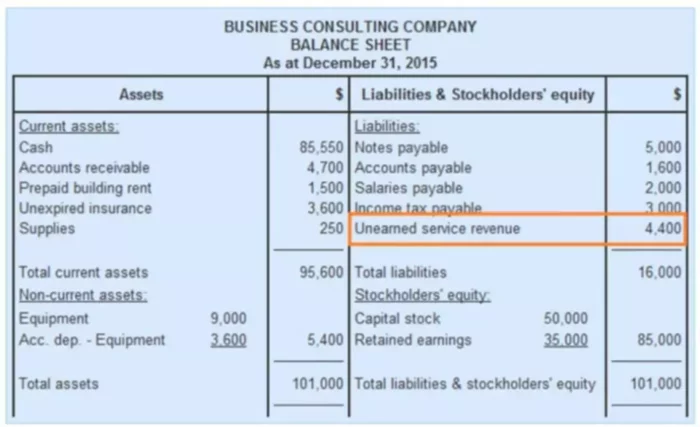
If, however, the expense is one that maintains the asset at its current condition, such as a repair, the cost is typically deducted fully in the year the expense is incurred. CapEx can be found in the cash flow from investing activities in a company’s cash flow statement. In simple terms, an expense is the money spent or cost incurred in an organization’s efforts to generate revenue. These costs are subtracted from revenues to calculate net income on a company’s income statement.
CapEx can tell you how much a company invests in existing and new fixed assets to maintain or grow its business. Put differently, CapEx is any type of expense that a company capitalizes or shows on its balance sheet as an investment rather than on its income statement as an expenditure. Capitalizing an asset requires the company to spread the cost of the expenditure over the useful life of the asset. Both capital expenditures and operating expenses represent outlays by the company.

However, once capital assets start being put in service, depreciation begins, and the assets decrease in value throughout their useful lives. In many cases, business owners may be able to spend available capital on CapEx investments, but you may benefit from a financing option if this is more ideal. In this way, OpEx represents a core measurement of a company’s efficiency over time. When a company acquires a vehicle to add to its fleet, the purchase is often capitalized and treated as CapEx.
At the start of your capital expenditure project, you need to decide whether you will purchase the capital asset with debt or set aside existing funds for the purchase. Saving money for the purchase usually implies that you will have to wait for a while before getting the asset you need. The accounting process of identifying, measuring, and estimating the costs relating to capital expenditures may be quite complicated. Capital expenditures have an initial increase in the asset accounts of an organization.
CapEx on the Cash Flow Statement
It’s often challenging to reverse capital expenditures because of the potential financial repercussions. This is largely because many assets you choose will be uniquely beneficial for your business, making them less applicable to others if you wish to put them back on the market. You should choose assets that you’re most likely to commit to using on a long-term basis. Each type of cost is reported differently, strategically approached differently by management, and has varying degrees of financial implications for a company. CapEx can be externally financed, which is usually done through collateral or debt financing. Companies issue bonds or take out loans to fund their capital expenditures or they can use other debt instruments to increase their capital investment.
- The amount of capital expenditures a company is likely to have depends on the industry.
- The cash-flow-to-capital-expenditures (CF-to-CapEx) ratio relates to a company’s ability to acquire long-term assets using free cash flow.
- Depreciation begins as soon as the asset is in use and lasts through the period it is predicted to be useful.
- Capitalized interest if applicable is also spread out over the life of the asset.
- Sync data, gain insights, and analyze business performance right in Excel, Google Sheets, or the Cube platform.
Therefore, there are several types of purchases that may be considered CapEx. Financial literacy isn’t just about knowing definitions—it’s about using that knowledge to optimize decisions and strategies. Companies may use several widely accepted depreciation methods to calculate the declining value of their CapEx assets over time. The most common ones include Straight Line, Double Declining Balance Method, and Units of Production. Operating expenditures cover the ordinary and customary costs that keep the business running smoothly.
Standard depreciation methods for capital expenditures
They’re necessary for a business to operate but don’t create value or generate revenue for the business in the long term. Analysts regularly evaluate a company’s ability to generate cash flow and consider it one of the main ways a company can create shareholder value. Over the life of an asset, total depreciation will be equal to the net capital expenditure. If a company regularly has more CapEx than depreciation, its asset base is growing. Taking the right approach to CapEx will help you make the most of these necessary expenses. With the best investments, your business will have the chance to grow and experience long-term success.

Capex investments and purchases are not fully tax deductible in the year they are made. Capex spending is reported on a company’s balance sheet under a cash flow statement instead of being expensed on an income statement. In the cash flow statement, Capex is listed under the single PP&E line item. Operating expenses are shorter-term expenses required to meet the ongoing operational costs of running a business. Unlike capital expenditures, operating expenses can be fully deducted from the company’s taxes in the same year in which the expenses occur. The accounting treatment for capital expenditures (CapEx) and operating expenses (OpEx) differs in terms of how they are recorded and reported on a company’s financial statements.
The purchase of a building, by contrast, would provide a benefit of more than 1 year and would thus be deemed a capital expenditure. Before investing, consider the logistics of the investment and whether it will benefit you in the long run. Think about what kind of ROI you can expect on the investment and when you can expect to see it. Also, consider the extent of the project and what it will entail, along with the CapEx’s value compared to other types of expenses.
CapEx vs. OpEx: An Overview
If a company purchased the equipment instead, it would likely capitalize it. The difference between these two expenditures lies primarily in the accounting treatment of each. For business in the United States, generally accepted accounting principles (GAAP) often dictate how an expenditure is treated on a company’s financial statements. Therefore, a company must understand the long-term financial implications of how its reporting will be affected and how external parties may view the company’s health as a result. Let’s say ABC Company had $7.46 billion in capital expenditures for the fiscal year compared to XYZ Corporation, which purchased PP&E worth $1.25 billion for the same fiscal year. The cash flow from operations for ABC Company and XYZ Corporation for the fiscal year was $14.51 billion and $6.88 billion respectively.
Join our exclusive, free Slack community for strategic finance professionals like you. Discover books, articles, webinars, and more to grow your finance career and skills. Stay ahead of pace by planning and modeling across multiple scenarios and outcomes. Connect and map data from your tech stack, including your ERP, CRM, HRIS, business intelligence, and more. Sync data, gain insights, and analyze business performance right in Excel, Google Sheets, or the Cube platform. The consumption-based or pay-as-you-go pricings are also available for some on-premises equipment, such as storage infrastructure.
Tax Resources
Though they may be tracked separately internally, each type of cost may have its own budget, forecast, long-term plan, and financial manager to oversee the planning and reporting of each. This is treated differently than OpEx such as the cost to fill up the vehicle’s gas tank. The tank of gas has a much shorter useful life to the company, so it is expensed immediately and treated as OpEx.
